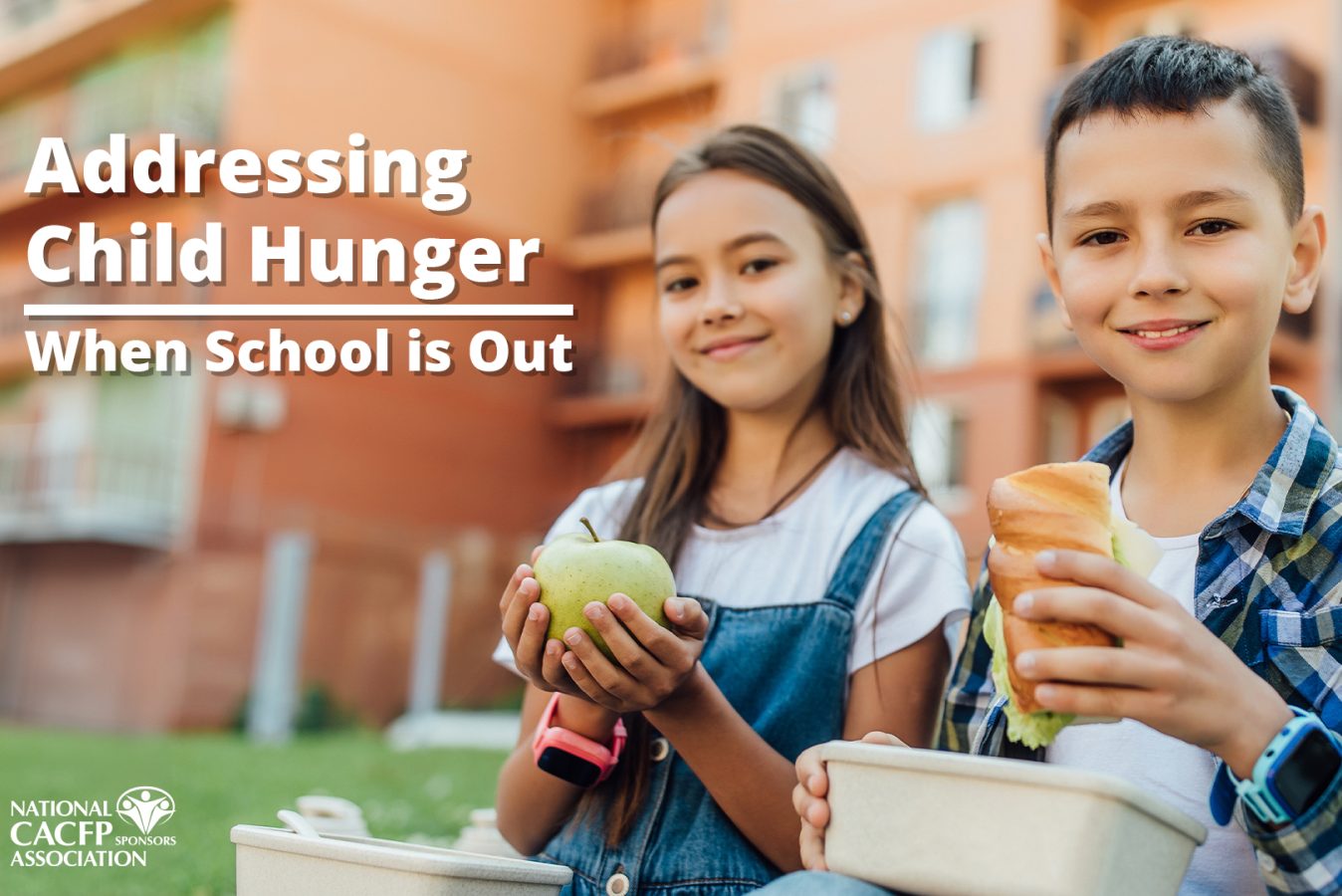Addressing Child Hunger When School is Out
May 14, 2024

While summer is a time for relaxation and vacation for some, it is a time of great uncertainty for many children who experience food insecurity. During the school year more than 30 million children receive breakfast and/or lunch at school, but during summer break children lose access to these daily meals. This is where the Summer Food Service Program (SFSP) comes in to help.
Filling the Summer Meals Gap
The SFSP provides funds to summer meal sites to serve up to two meals or snacks to children in low-income areas. The SFSP has historically been the main source of nutritious meals for children during the summer. However, only 1 in every 6 children who receive free or reduced-price meals during the school year participate in SFSP.
Many children have difficulty getting to summer meal sites, due to the distance of the site from their home or limited transportation options. These challenges are particularly true for rural areas. To address this summer nutrition gap, USDA launched a rural non-congregate option for SFSP. This allows SFSP sites in rural areas, where there are no near-by congregate sites available, to deliver meals directly to families’ homes or to have children/parents pick up meals from the site.
During the pandemic and the 2023 pilot program, this summer meals on-the-go method increased the number of meals served over the summer. In rural areas, where sites are far away, parents are working during the day, and there is no reliable transportation, the non-congregate option offered the flexibilities for these children to gain access to summer meals that they could not get before.
Applying Lessons Learned to Fill the Afterschool Meals Gap
While the SFSP steps in to fill the meal gap in the summer, what about afterschool during the school year? Over 13 million children leave school each day unsure if they will have supper at home. This is where the Child and Adult Care Food Program (CACFP) steps in to help.
The CACFP is a USDA child nutrition program which provides funds for serving healthy snacks and supper to at-risk children in care. When the school day is over, more than 1.1 million children are provided an afterschool supper through the CACFP. However, only one in sixteen low-income students who receive free or reduced-price meals during the school day have access to food through afterschool meals programs.
As shown through the success of the SFSP non-congregate option, this gap in afterschool meals could be addressed through a grab-and-go model. Many children are not able to receive afterschool supper, because they rely on public transportation systems or a school bus to get home and do not have the opportunity to stay late at school or get to an afterschool meals location. By allowing schools to provide an afterschool snack and supper through the CACFP in a grab-and-go style, many food-insecure children would gain access to vital nutrients they need to round out their day.
Learn more about SFSP and CACFP Afterschool Meals!
